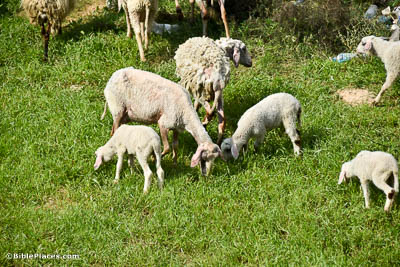To the saints and faithful brothers in Christ who are at Colossae (Colossians 1:2).
Paul had never visited Colossae when he composed his epistle to the church there (Col 2:1), but he does imply (in Col 1:7-8; 4:12-13) that Epaphras founded the church, along with those at Laodicea and Hierapolis. This was probably during Paul’s third missionary journey, when he preached in Ephesus for three years, “so that all who lived in Asia heard the word of the Lord Jesus, both Jews and Greeks” (Acts 19:10). Members of the church at Colossae included Philemon and his slave Onesimus (Col 4:9; Phil 1:10), along with Archippus and Apphia.






